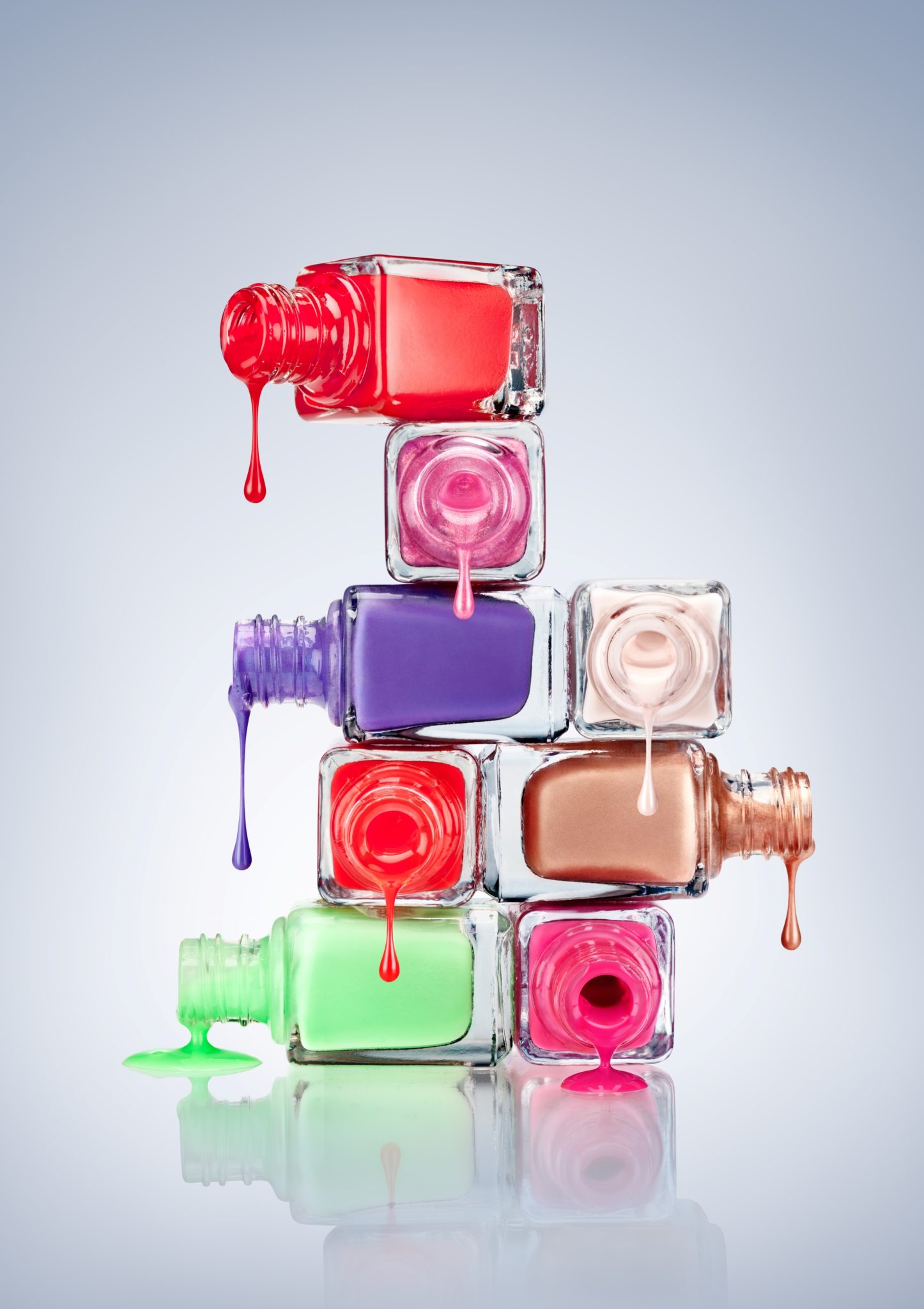
Stained Teeth Treatment
Your teeth can become discoloured by stains on the surface or by changes in the tooth material. Tooth discolouration is when the enamel (the hard, outer surface of the tooth) or the dentine (the layer below the enamel) become discoloured. Something as simple as food and drink may cause stains to appear on the teeth.
Sometimes however, discolouration can indicate something more serious, such as exposure to substances that have harmed the teeth. It takes several years for tooth enamel to develop and in that time, foreign substances can be incorporated altering the eventual colour of the teeth.
One very important fact to know is that not all teeth stain equally. In fact, not all teeth stain the same colour. Tooth stains can be embarrassing as they may be seen as a sign that someone doesn’t look after their teeth properly, but there’s more to staining than meets the eye.
There are two main types of tooth stain: stains that appear on the surface of the tooth (extrinsic), and staining that appears within the structure of the tooth (intrinsic)
Tooth Discolouration and Staining
It takes several years for tooth enamel to develop and in that time, foreign substances can be incorporated altering the eventual colour of the teeth.
Extrinsic tooth stains can be caused by:
- Poor oral hygiene – plaque stuck on the teeth turning yellow.
- Foods like curry and drinks, such as tea, coffee, red wine and soft drinks.
- Iron tablets may leave black marks.
- Some antibiotics, especially tetracycline.
- Mouthwashes with antibacterial qualities
Intrinsic stains can be caused by:
- Fluoride from fluoride drops – causing both brown stains and white flecks.
- Aging process; Enamel weakens with age, and result in brown staining on the teeth.
- The use of tetracycline antibiotic during childhood can result in brown and grey striping across the enamel surfaces.
- Smoking can cause both extrinsic staining and, with prolonged use, intrinsic staining of the tooth enamel.
- Tooth decay can cause both intrinsic and extrinsic staining.


Prevention of Tooth Discolouration:
Brushing your teeth after every meal will help to prevent some stains. Dentists recommend that you rinse your mouth with water after having wine, coffee or other drinks or foods that can stain your teeth. Regular cleanings by an experienced dental hygienist will help to prevent surface stains.
Intrinsic stains that are caused by damage to a nerve or blood vessel in the inner part of a tooth sometimes can be prevented by having root canal treatment, which removes organic material before it has a chance to decay and darken.
Tooth Discolouration Treatment
Discolouration often can be removed by applying a bleaching agent to the enamel of the teeth. With a technique called “power bleaching,” Our cosmetic dentist applies a light-activated bleaching gel that causes the teeth to get significantly whiter in about 30 to 45 minutes. Several follow-up treatments may be needed.
It’s also possible to remove discolouration with an at-home bleaching gel and a mouth guard given to you by your dentist. If you are unhappy or concerned about the unusually dark or yellowish colour of your teeth, talk to us. We will be able to help you figure out what may be causing the discolouration and suggest ways to improve the colour of your teeth

